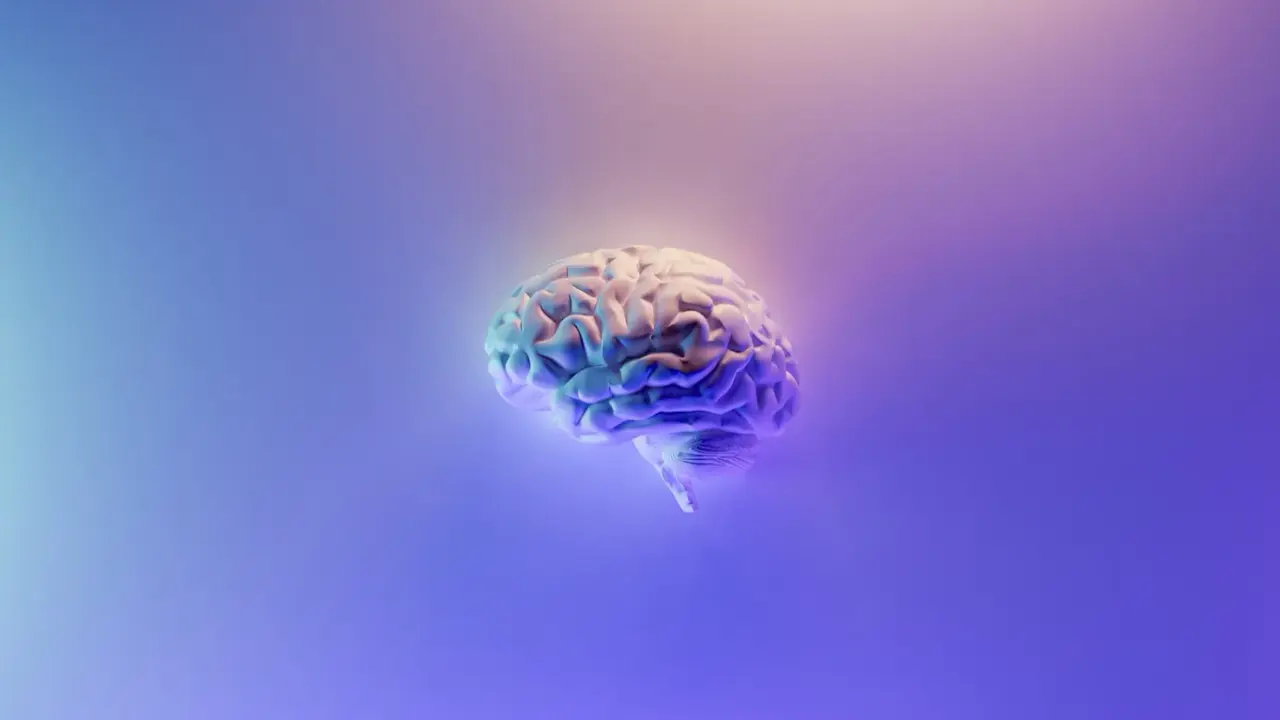Updated 19 June 2025 at 00:12 IST
New Study Shows Human Brain Glows Secretly, Could Reveal What You’re Thinking
A discovery led by Canadian researchers suggest that the human brain emits a faint glow depending on the activity.
- Science News
- 2 min read

Ottawa: Have you ever thought that our brain glows? Never right. Well! In a recent study by the biologist Hayley Caset from Algoma University in Canada measured the ‘weak glow’ that is found in brain cells of humans.
All about the brain emission
Previously, the studies that date back to 1923 suggested that humans also emit a light called “biophoton emission”. This glow could carry important information and is invisible to the naked eye.
The researchers on the new discovery believe that the study can lead to a new method of monitoring brain health which they call, ‘photoencephalography’. However, the discoveries that are made till date are in early stages. This approach could one day be helpful to non-invasive insights into brain function and well-being.
Scientists react
In their publication, the researchers said, “As the first proof-of-concept demonstration that ‘Ultraweak Photon Emissions’ (UPEs) from human brains can serve as readouts to track functional states, we measured and characterised photon counts over the heads of participants while they rested or engaged in an auditory perception task”.
Advertisement
"We demonstrated that brain-derived UPE signals can be distinguished from background photon measures. Additionally, our results suggest that for a given task, the UPE count may reach a stable value," scientists added.
Advertisement
All about UPEs
All the things in the universe that are above absolute zero, the lowest temperature where all the atomic motion thermally stops, emit thermal radiation, including human beings. However, the Ultra-Weak Photon Emission (UPEs) is different from their thermal radiation.
The researchers have studied faint light emitted by the brain during normal cell activity, trying to see if these light patterns change with brain activity and how to tell them apart from unrelated light sources.
Published By : Shashwat Bhandari
Published On: 19 June 2025 at 00:12 IST
